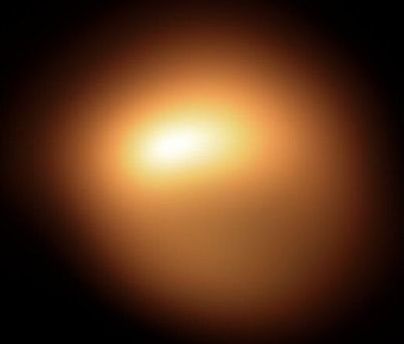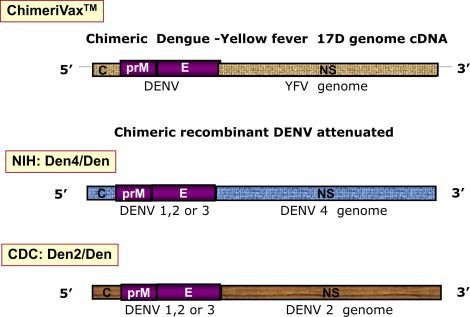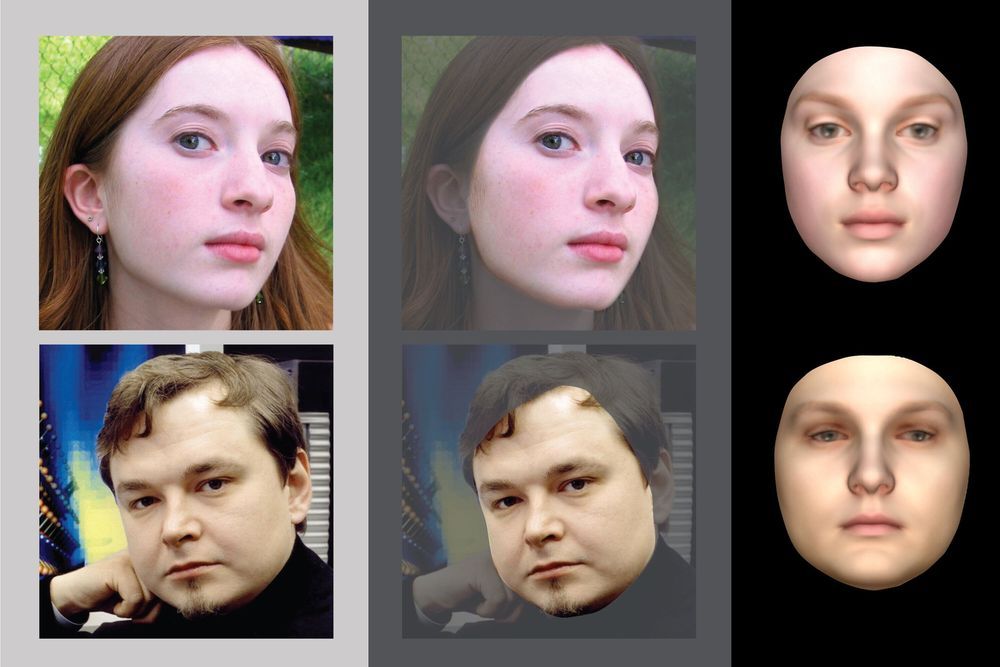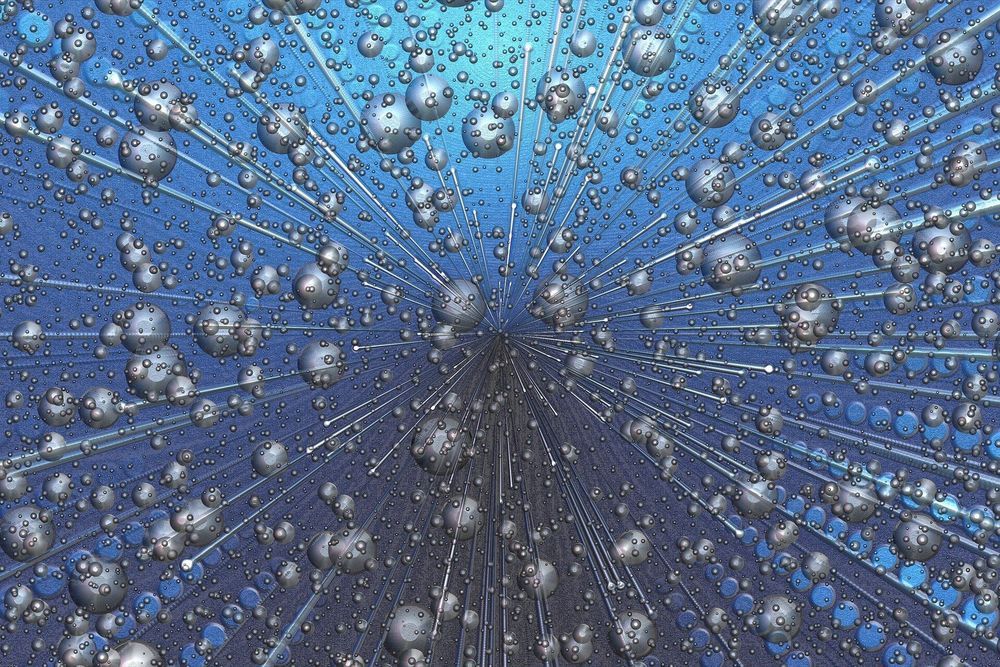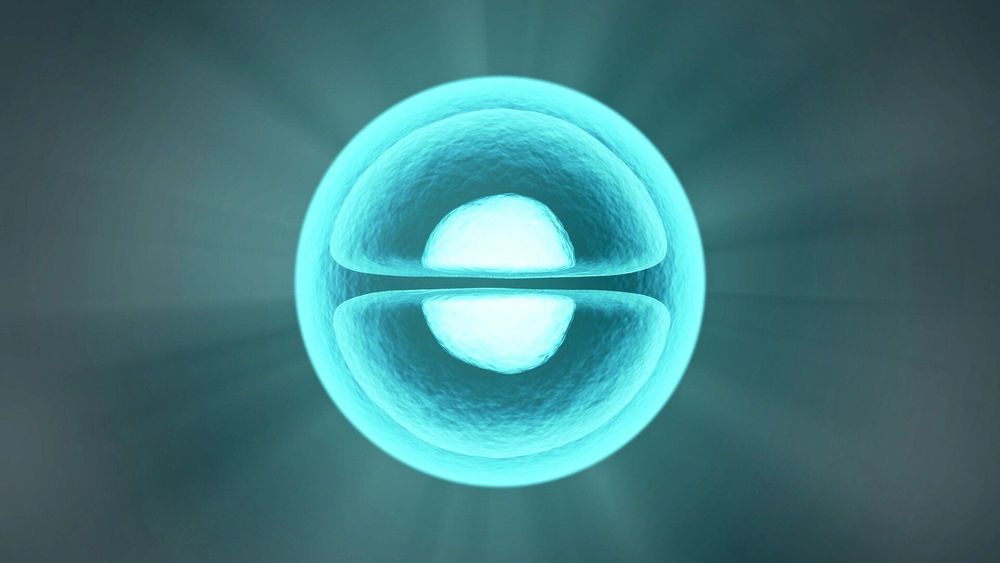Page 7885
Mar 8, 2020
Canceled Meeting Makes a Virtual Rebound
Posted by Genevieve Klien in category: futurism
After the cancellation of the March Meeting, researchers quickly assembled online talks and provided a glimpse of a virtual-conferencing future.
Mar 7, 2020
COSMOS SEASON 3 TRAILER | National Geographic
Posted by Derick Lee in category: futurism
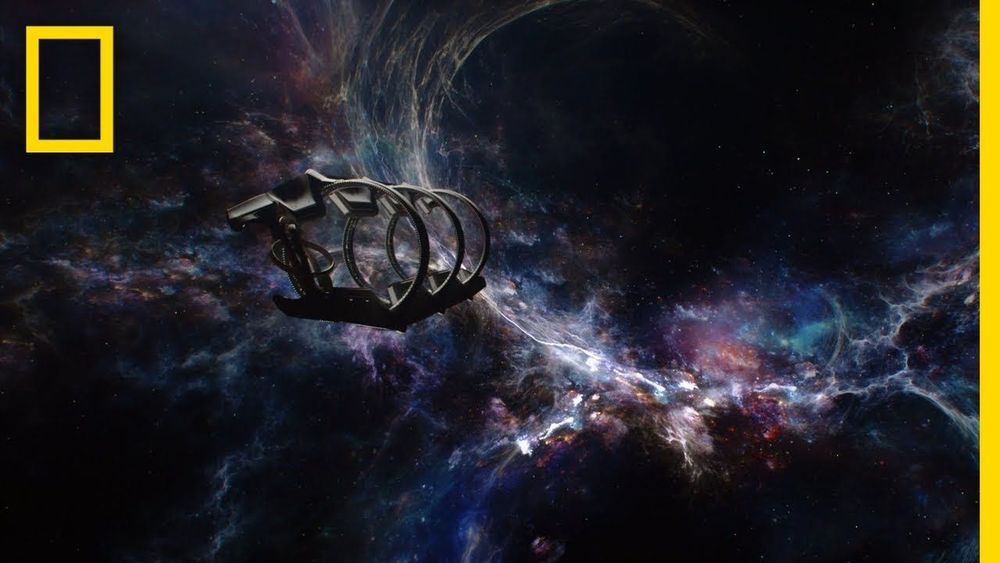
COSMOS: POSSIBLE WORLDS is helmed by Carl Sagan’s collaborator Ann Druyan, who boldly carries the torch forward with the 3rd season of the most beloved science show on the planet. Series premieres 3/9, at 8/7c, on Nat Geo; hosted by Neil deGrasse Tyson.
➡ Subscribe: http://bit.ly/NatGeoSubscribe
About National Geographic:
National Geographic is the world’s premium destination for science, exploration, and adventure. Through their world-class scientists, photographers, journalists, and filmmakers, Nat Geo gets you closer to the stories that matter and past the edge of what’s possible.
Continue reading “COSMOS SEASON 3 TRAILER | National Geographic” »
Mar 7, 2020
Space engineer who hates smartphones builds cellphone with rotary dial
Posted by Quinn Sena in categories: mobile phones, space travel
She builds tools for space exploration — but her cellphone is strictly down to earth.
Justine Haupt, 34, hates smartphones. She hates the way they work, and she hates the way they rule our lives.
“I work in technology but I don’t like the culture around smartphones,” says the astronomy instrumentation engineer from Long Island.
Mar 7, 2020
Origin and evolution of pathogenic coronaviruses
Posted by Quinn Sena in categories: biotech/medical, genetics, government
The origins are still too unknown. This is entirely new life a more parasitic lifeform. Bit still new lifeforms entirely. My experiencers tell me of alien origin though the rate of spread also the complexity. No human could make this no even government can make this. We can mimic life not create something new. Sure new things can be added but the signature tells me it is definitely of alien origin. Not even nature can create something this quick nor even governments. Sure there may be like similar things but why does it spread so fast in near systematic precision. Which leads to essentially of exterrestial origin. This is essentially new life we are dealing with.
Nat Rev Microbiol. 2019 Mar;17:181–192. doi: 10.1038/s41579-018‑0118-9.
Severe acute respiratory syndrome coronavirus (SARS-CoV) and Middle East respiratory syndrome coronavirus (MERS-CoV) are two highly transmissible and pathogenic viruses that emerged in humans at the beginning of the 21st century. Both viruses likely originated in bats, and genetically diverse coronaviruses that are related to SARS-CoV and MERS-CoV were discovered in bats worldwide. In this Review, we summarize the current knowledge on the origin and evolution of these two pathogenic coronaviruses and discuss their receptor usage; we also highlight the diversity and potential of spillover of bat-borne coronaviruses, as evidenced by the recent spillover of swine acute diarrhoea syndrome coronavirus (SADS-CoV) to pigs.
Whether man made or alien made or whatever a chimeric vaccine could essentially cure the illness.
Chimeric vaccines consisting of a series of immunodominant epitopes have been explored in the development of vaccines against malaria ( Hanson and Edelman, 2004 ; Caro-Aguilar et al., 2005 ), group A streptococci ( Dale, 1999 ; Hu et al., 2002 ; Kotloff et al., 2004 ; Kotloff and Dale, 2004 ; Dale et al., 2005 ; McNeil et al., 2005 ), and several viruses ( Wang et al., 1999d ; Bouche et al., 2005 ; Fan et al., 2005 ; Apt et al., 2006 ). Data suggest that a broadly protective OspC vaccine will require the inclusion of epitopes from approximately 28 OspC types ( Earnhart and Marconi, 2007c ). Such a construct is predicted to provide protection against all major Lyme disease spirochete species associated with human disease, and to be effective in both Europe and North America. Possible cross-protection elicited by some epitopes may reduce the total number of epitopes required to achieve this goal.
A prototype tetravalent chimeric recombinant OspC-based vaccine has been produced that incorporates epitope-containing regions from types A, B, K, and D. This “ABKD” vaccine elicited antibodies in mice that bind OspC as presented on the surface of intact and viable spirochetes and mediate bactericidal activity by a complement-dependent mechanism ( Buckles et al., 2006 ; Earnhart et al., 2007 ). It is noteworthy that a decrease in epitope-specific titer was observed for epitopes progressing from the N- to the C-terminus of the chimeric protein. The antibody titer to the type D epitope was 1.7 logs lower than that observed for the N-terminally located type A epitope ( Earnhart et al., 2007 ). This effect did not appear to be due to C-terminal degradation of the construct since the addition of C-terminal tags that have been reported to stabilize recombinant proteins did not improve antibody titer ( Earnhart and Marconi, 2007a ).
Mar 7, 2020
Computer model of face processing could reveal how the brain produces richly detailed visual representations so quickly
Posted by Saúl Morales Rodriguéz in category: robotics/AI
When we open our eyes, we immediately see our surroundings in great detail. How the brain is able to form these richly detailed representations of the world so quickly is one of the biggest unsolved puzzles in the study of vision.
Scientists who study the brain have tried to replicate this phenomenon using computer models of vision, but so far, leading models only perform much simpler tasks such as picking out an object or a face against a cluttered background. Now, a team led by MIT cognitive scientists has produced a computer model that captures the human visual system’s ability to quickly generate a detailed scene description from an image, and offers some insight into how the brain achieves this.
“What we were trying to do in this work is to explain how perception can be so much richer than just attaching semantic labels on parts of an image, and to explore the question of how do we see all of the physical world,” says Josh Tenenbaum, a professor of computational cognitive science and a member of MIT’s Computer Science and Artificial Intelligence Laboratory (CSAIL) and the Center for Brains, Minds, and Machines (CBMM).
Mar 7, 2020
Study: Modern electric grid needs smarter modeling for improved resilience
Posted by Saúl Morales Rodriguéz in categories: energy, engineering
Power systems and communication networks are increasingly interdependent, which can affect the response and recovery times when problems occur.
Today’s smart grid involves components that talk to each other, sending signals over communication networks to keep power flowing smoothly and efficiently. But what happens when the “conversation” goes quiet?
A team of researchers at the U.S. Department of Energy’s (DOE) Argonne National Laboratory and the Illinois Institute of Technology recently explored the literature on this link between the power system and its communication networks, finding that many studies do not adequately consider the two-way nature of this relationship and its impact on grid resilience. Their paper, “Electric Power Grid Resilience with Interdependencies between Power and Communication Networks—A Review,” was recently published in IET Smart Grid, a journal from the Institution of Engineering and Technology.
Mar 7, 2020
Could quantum computing help beat the next coronavirus?
Posted by Saúl Morales Rodriguéz in categories: biotech/medical, chemistry, computing, quantum physics
Quantum computing isn’t yet far enough along that it could have helped curb the spread of this coronavirus outbreak. But this emerging field of computing will almost certainly help scientists and researchers confront future crises.
“Can we compress the rate at which we discover, for example, a treatment or an approach to this?” asks Dario Gil, the director of IBM Research. “The goal is to do everything that we are doing today in terms of discovery of materials, chemistry, things like that, (in) factors of 10 times better, 100 times better,”
And that, he says, “could be game-changing.”
Mar 7, 2020
Researchers discover new stem cells that can generate new bone
Posted by Quinn Sena in category: biotech/medical
A population of stem cells with the ability to generate new bone has been newly discovered by a group of researchers at the UConn School of Dental Medicine.
In the journal Stem Cells, lead investigator Dr. Ivo Kalajzic, professor of reconstructive sciences, postdoctoral fellows Dr. Sierra Root and Dr. Natalie Wee, and collaborators at Harvard, Maine Medical Research Center, and the University of Auckland present a new population of cells that reside along the vascular channels that stretch across the bone and connect the inner and outer parts of the bone.
“This is a new discovery of perivascular cells residing within the bone itself that can generate new bone forming cells,” said Kalajzic. “These cells likely regulate bone formation or participate in bone mass maintenance and repair.”
